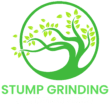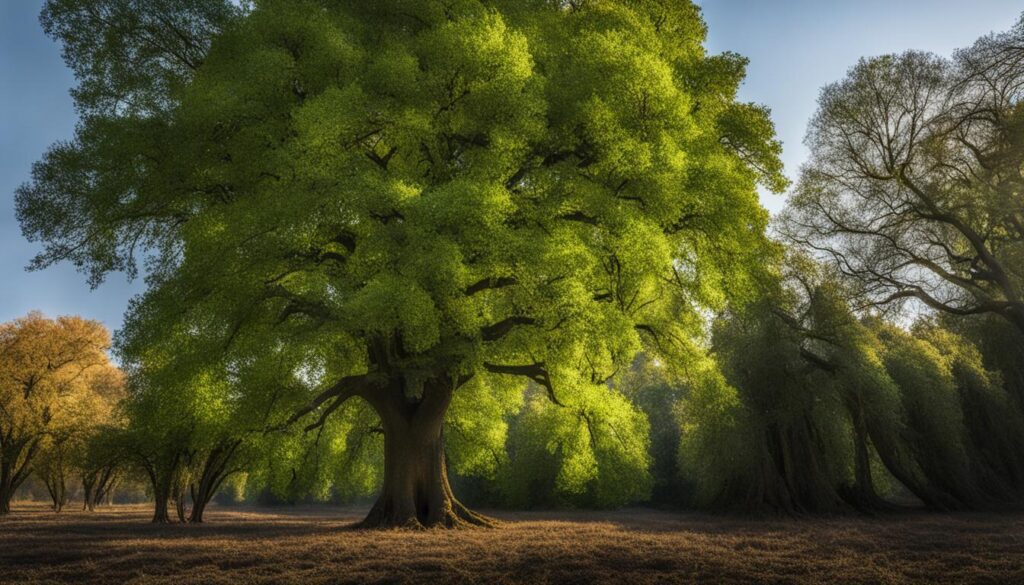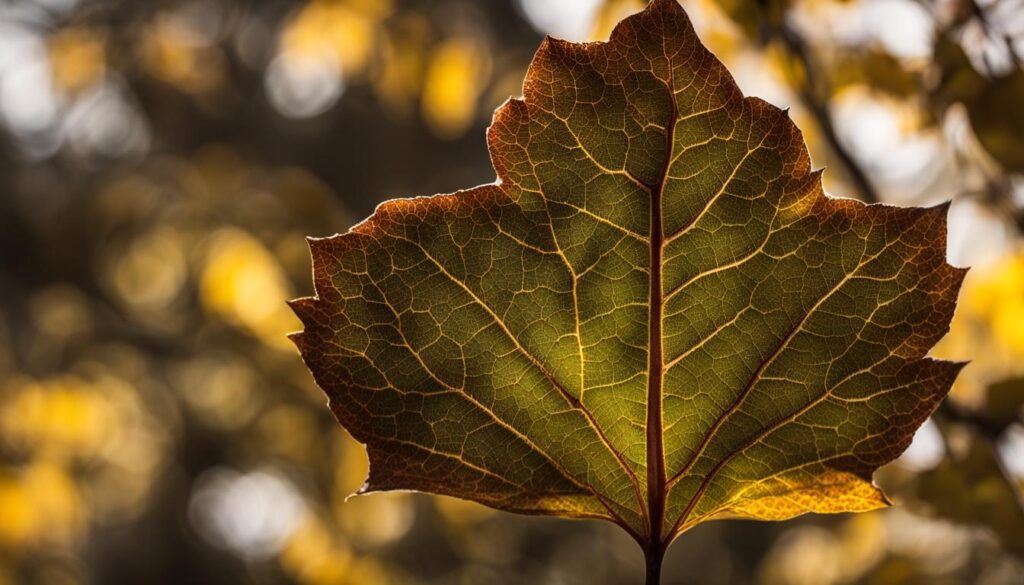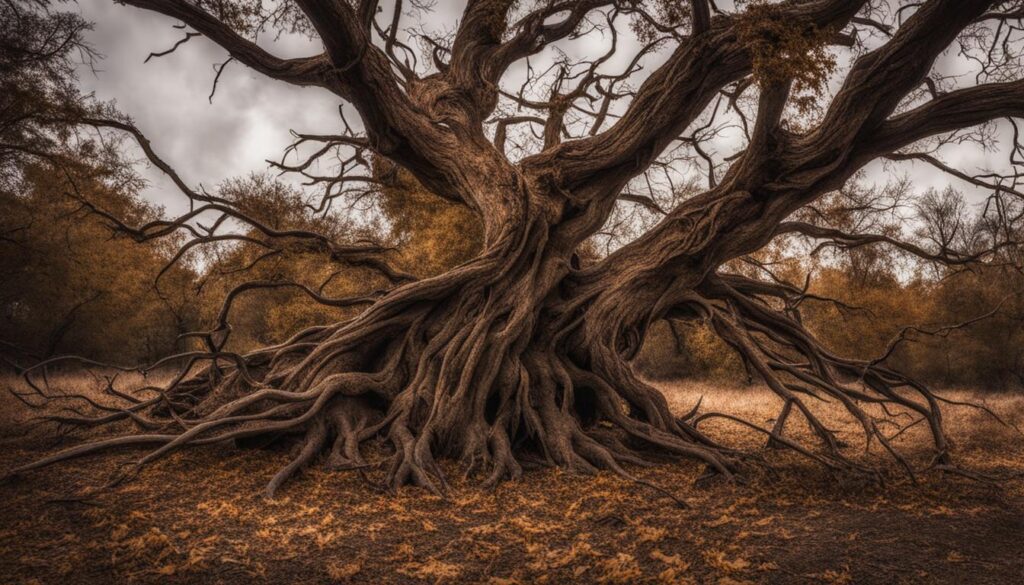Dutch Elm Disease (DED) is a fungal infection that affects all species of elm trees native to Minnesota. It is caused by the invasive pathogen Ophiostoma novo-ulmi and is spread by elm bark beetles and through root grafts. Symptoms of DED include yellowing and wilting of leaves, brown streaking along the sapwood, and the eventual death of the tree. Fungicide injections, pruning infected branches, and using DED-resistant varieties are some of the treatment options available for managing and controlling DED.
Key Takeaways:
- Dutch Elm Disease (DED) is a fungal infection that affects elm trees in Minnesota.
- DED is caused by the invasive pathogen Ophiostoma novo-ulmi and spreads through elm bark beetles and root grafts.
- Symptoms of DED include yellowing and wilting of leaves, brown streaking along the sapwood, and tree death.
- Treatment options for DED include fungicide injections, pruning infected branches, and using resistant varieties.
- Effective DED treatment can help manage and control the disease, protecting the health of elm trees.
How to Identify Dutch Elm Disease
Dutch Elm Disease (DED) is a serious fungal infection that affects elm trees, and early identification is crucial for effective treatment. By knowing how to identify the signs of DED, you can take the necessary steps to protect your trees and prevent the spread of the disease.
One of the first signs of Dutch Elm Disease is the yellowing, wilting, and browning of leaves on infected branches. These leaves may also fall and accumulate on the ground, creating a noticeable presence in your yard.
When inspecting the branches, removing the bark will reveal brown streaking along the sapwood. This discoloration is a clear indicator of DED and helps distinguish infected branches from healthy ones.
To confirm the presence of Dutch Elm Disease, it is recommended to send a sample of live branches displaying wilting symptoms to a plant disease diagnostic clinic. Their experts can analyze the sample and provide a definitive diagnosis.
It’s important to note that all native species of elm, including American elm, red or slippery elm, rock elm, Chinese elm, Japanese elm, and Siberian elm, are susceptible to DED. Therefore, if you observe these symptoms on any of these elm tree varieties, it is crucial to take immediate action.
To help you visually identify Dutch Elm Disease, take a look at the image below:
How Dutch Elm Disease Spreads
When it comes to Dutch Elm Disease (DED), understanding how it spreads is crucial for effective management. DED spreads through two main methods: bark beetles and root grafts.
Elm bark beetles play a significant role in the spread of DED. These beetles, including the smaller European elm bark beetle, the banded elm bark beetle, and the native elm bark beetle, carry spores of the DED fungus from infected trees to healthy ones when they feed. As they move from tree to tree, they unknowingly transport the pathogen, increasing the risk of infection.
Root grafts also play a significant role in DED spread. When the roots of neighboring elm trees come into contact, they can graft together, creating a connection for the disease to move from one tree to another. The DED fungus produces a thread-like growth known as mycelium, which extends downward towards the root system. This mycelium can infect nearby trees through these root grafts, causing the disease to spread within a grove or stand of elms.
Understanding these modes of spread is essential for implementing effective control measures to prevent the further spread of DED. By targeting and managing the beetles and severing root grafts, we can help protect the health and longevity of our beloved elm trees.
Managing Dutch Elm Disease
Dutch Elm Disease (DED) requires proactive management to protect and preserve the health of affected trees. One essential aspect of managing DED is reducing the breeding sites for elm bark beetles. To achieve this, it is crucial to promptly remove dead or dying elm wood with intact bark to eliminate potential habitats for these pests.
Infected branches should be pruned out in the same year the infection starts, as this helps prevent further spread within the tree. For trees with multiple infected branches, it may be necessary to consider taking them down to prevent the disease from spreading to neighboring healthy trees.
Proper disposal of wood from infected elm trees is also vital in managing DED. Options such as burying, debarking, burning, or chipping help eliminate the disease-causing fungus and minimize the risk of contamination.
Severing root grafts between infected and healthy trees is another critical step in disease management. By severing these connections, the spread of the disease through the root system can be stopped, protecting healthy trees from infection.
Choosing Dutch Elm Disease-resistant cultivars for new plantings is a proactive approach to prevent and manage the disease. These resistant varieties exhibit greater tolerance to DED and have a higher chance of survival if exposed to the pathogen.
Additionally, utilizing preventative fungicide injections can offer further protection to vulnerable trees. These injections deliver targeted treatment directly into the root system, helping eliminate the DED fungus and reducing the risk of infection.
Effective management strategies, including prompt removal of breeding sites, pruning infected branches, proper disposal of infected wood, severing root grafts, and proactive selection of resistant cultivars and fungicide treatments, are key to effectively managing Dutch Elm Disease and preserving the health of elm trees.
Dutch Elm Disease Treatment Options
When it comes to treating Dutch Elm Disease, there are several effective options available. These treatment methods aim to control the spread of the disease, eliminate the DED fungus, and protect the health of elm trees. Let’s explore some of the most common Dutch Elm Disease treatment options:
Removal of Dead and Dying Branches
One of the first steps in Dutch Elm Disease treatment is the removal of dead and dying branches. This helps eliminate breeding sites for Elm Bark beetles, which are responsible for spreading the disease. By promptly pruning and disposing of infected branches, you can disrupt the life cycle of these beetles and reduce their numbers.
Severing of Root Grafts
Another effective method to prevent the spread of Dutch Elm Disease is severing root grafts between infected and healthy trees. Root grafts can transfer the DED fungus from one tree to another, leading to the rapid spread of the disease. By cutting the root connections between infected and healthy trees, you can contain the infection and protect unaffected elms.
Fungicide Injections
Fungicide injections directly into the tree’s root system are another treatment option for Dutch Elm Disease. These injections deliver antifungal agents that target and eliminate the DED fungus, preventing further infection and helping the tree recover. Fungicide injections are most effective when administered by certified arborists or tree care professionals.
Pruning and Trimming Infected Branches
Pruning and trimming infected branches can also be an effective measure in controlling Dutch Elm Disease. By removing and properly disposing of the infected branches, you limit the risk of further fungal spread and protect the overall health of the tree. It’s important to ensure that pruning is done correctly and at the right time to maximize its effectiveness.
Planting DED-Resistant Tree Varieties
One of the most long-term and proactive approaches to managing and preventing Dutch Elm Disease is to plant DED-resistant tree varieties. Selecting and planting elm tree cultivars that have natural resistance to the disease can significantly reduce the risk of infection and minimize the need for extensive treatment.
To effectively treat Dutch Elm Disease, it is recommended to consult with certified arborists or tree care professionals who have experience in managing this disease. They can assess the condition of the trees, provide tailored treatment plans, and ensure the best possible outcomes.
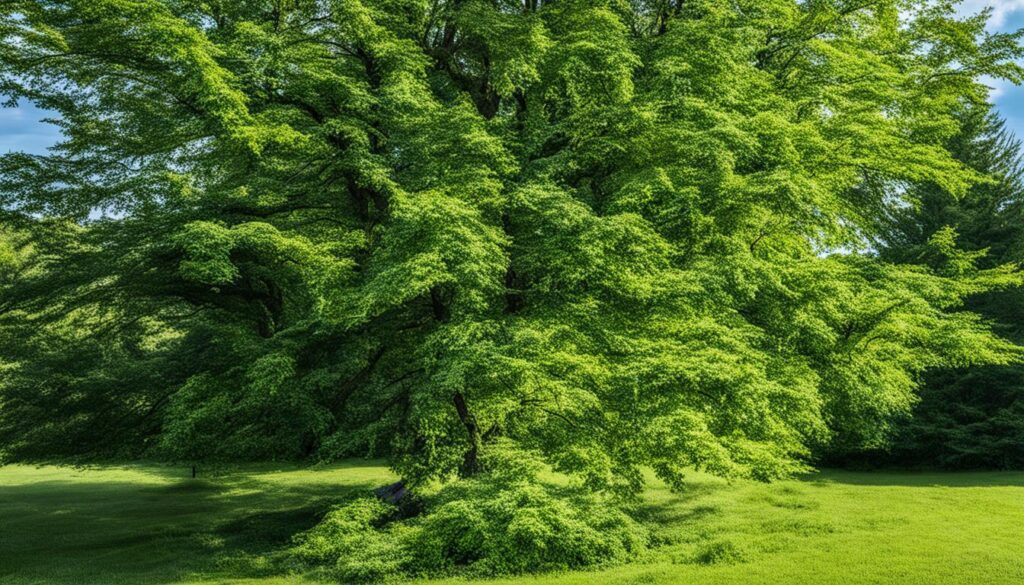

Dutch Elm Disease Treatment Customer Reviews
Customers who have used Dutch Elm Disease treatment services from Birch Tree Care have been highly satisfied with the prompt and professional service provided by the company. I have personally witnessed the expertise and skill of the arborists and technicians, and I must say, they are remarkable in what they do.
The team at Birch Tree Care pays great attention to detail and cleanliness throughout the treatment process. They take the time to explain the treatment options and answer any questions or concerns that may arise. Their commitment to saving trees and preventing the spread of Dutch Elm Disease is truly commendable.
One customer, Mark Peterson, shared his experience, saying, “The arborists from Birch Tree Care did an amazing job treating my elm tree infected with Dutch Elm Disease. They were professional, efficient, and really took the time to ensure the health of my tree. I highly recommend their services.”
Another satisfied customer, Rachel Simmons, stated, “I was devastated when I discovered Dutch Elm Disease had infected my beautiful elm tree. Birch Tree Care came to the rescue and provided excellent treatment options. Their arborists were knowledgeable and caring, and my tree is now thriving. I’m incredibly grateful.”
These positive customer reviews are a testament to the quality of service provided by Birch Tree Care. If you’re facing Dutch Elm Disease or any tree-related issue, I highly recommend considering their services. Don’t let your valuable elm trees suffer when there are professionals ready to help!
Areas We Offer Dutch Elm Disease Treatment
Birch Tree Care provides trusted Dutch Elm Disease treatment services in the Minneapolis and St. Paul areas. We are dedicated to preserving the health and beauty of elm trees in both residential and commercial properties. Our team consists of certified arborists and technicians who have extensive knowledge and expertise in effectively treating and preventing Dutch Elm Disease. With our comprehensive plant health care services, we aim to protect trees from this destructive disease and ensure their long-term vitality.
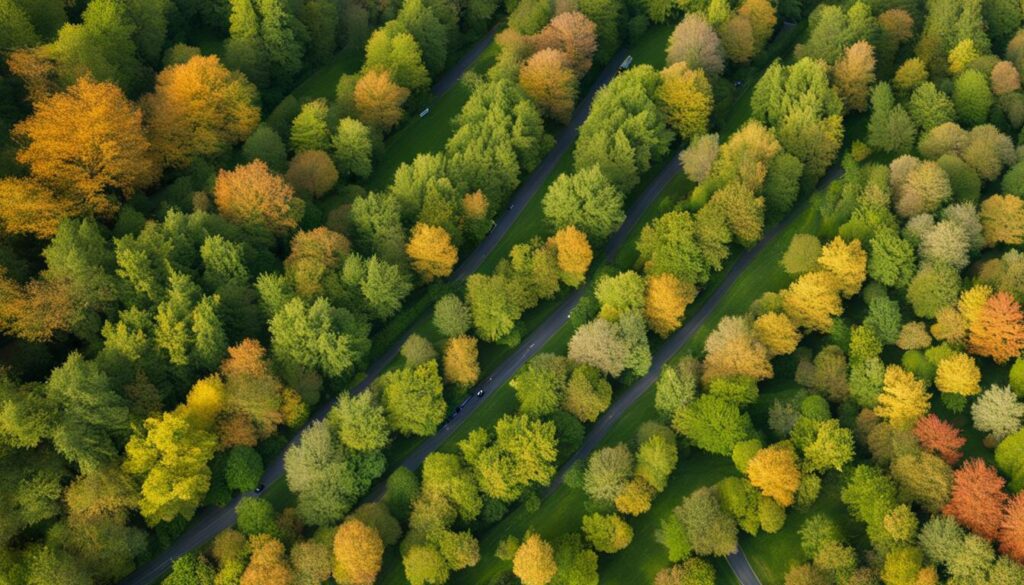

At Birch Tree Care, we understand the importance of early detection and proactive management to combat Dutch Elm Disease. By leveraging our specialized treatment methods and equipment, we provide effective solutions tailored to the specific needs of each property. Whether you have a single elm tree in your backyard or manage a large commercial landscape, we are here to help. Contact us today to learn more about our Dutch Elm Disease treatment areas and how we can safeguard the health of your valuable trees.
Why Choose Birch Tree Care
When it comes to Dutch Elm Disease treatment, Birch Tree Care stands out as a trusted and reliable tree care company. With years of experience in the industry, their team of certified arborists brings a wealth of knowledge and expertise to every project.
Birch Tree Care understands the importance of proper tree care and the impact it can have on the health and longevity of your valuable elm trees. That’s why they use special equipment and treatment methods that are tailored to effectively combat Dutch Elm Disease. Their commitment to safety and efficiency ensures that the job is done right the first time.
Customers who have chosen Birch Tree Care rave about their professionalism and dedication to tree health and preservation. They have earned a reputation for delivering exceptional service and exceeding customer expectations. No matter the size or complexity of your Dutch Elm Disease treatment needs, Birch Tree Care has the expertise and resources to handle it with care and precision.
Conclusion
Dutch Elm Disease is a destructive fungal infection that poses a significant threat to elm trees. With prompt and effective treatment, homeowners and property owners can protect their trees and prevent the spread of the disease. Treatment options such as fungicide injections, pruning infected branches, severing root grafts, and planting DED-resistant varieties are crucial in managing Dutch Elm Disease.
To ensure the long-term health and beauty of elm trees, it is essential to detect and manage Dutch Elm Disease promptly. By choosing professional tree care services like Birch Tree Care, homeowners can rely on the expertise of certified arborists and technicians who have the knowledge and experience to provide effective treatment. Their commitment to tree health and preservation can help restore and protect elm trees from this devastating disease.
With the right treatment options and timely intervention, homeowners and property owners can safeguard their elm trees and preserve the natural beauty they bring to the landscape. Remember, taking immediate action is vital in preventing further damage and maintaining the health of your trees. Trust Birch Tree Care’s comprehensive services to handle Dutch Elm Disease effectively and ensure the longevity of your valuable elm trees.
FAQ
What are the treatment options for Dutch Elm Disease?
The treatment options for Dutch Elm Disease include pruning infected branches, severing root grafts, fungicide injections, and planting DED-resistant tree varieties.
How can Dutch Elm Disease be identified?
Dutch Elm Disease can be identified by the yellowing, wilting, and browning of leaves on infected branches. Brown streaking can also be observed along the sapwood of wilted branches.
How does Dutch Elm Disease spread?
Dutch Elm Disease spreads through bark beetles and root grafts. Elm bark beetles carry spores of the DED fungus from infected trees to healthy ones, and the fungus can also spread through root grafts between neighboring elm trees.
What are the management strategies for Dutch Elm Disease?
The management strategies for Dutch Elm Disease include promptly removing dead or dying elm wood, pruning infected branches, properly disposing of infected wood, and severing root grafts between infected and healthy trees.
What are the long-term solutions for Dutch Elm Disease?
The long-term solutions for Dutch Elm Disease include planting DED-resistant tree varieties and using preventative fungicide injections to protect trees from infection.
What do customers say about Dutch Elm Disease treatment from Birch Tree Care?
Customers have been highly satisfied with the prompt and professional service provided by Birch Tree Care. They have praised the expertise and skill of the arborists and technicians, as well as their commitment to saving trees and preventing the spread of Dutch Elm Disease.
In which areas does Birch Tree Care offer Dutch Elm Disease treatment?
Birch Tree Care offers Dutch Elm Disease treatment services to residential and commercial properties in and around the Minneapolis and St. Paul area.
Why should I choose Birch Tree Care for Dutch Elm Disease treatment?
Birch Tree Care is a trusted tree care company with a team of certified arborists and years of experience. They use special equipment and treatment methods to ensure the job is done safely and efficiently, and their dedication to tree health and preservation has been praised by customers.
What is the conclusion regarding Dutch Elm Disease treatment?
Effective treatment options for Dutch Elm Disease, such as pruning infected branches, severing root grafts, and using fungicide injections, can help protect and restore the health of elm trees. Choosing professional tree care services like Birch Tree Care can ensure the long-term health and beauty of these valuable trees.
